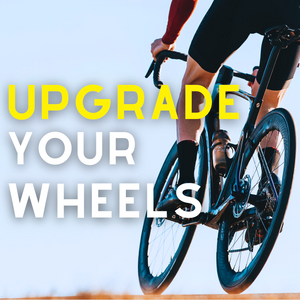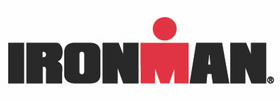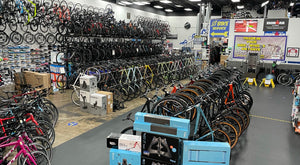
BIOMECHANICS OF CYCLING OVERVIEW
BIOMECHANICS OF CYCLING OVERVIEW
As a coach, bike fitter, and a performance tester, I regularly get the question: “How do I get faster on the bike?” The simplest answer is: Ride more. However, that does not take into consideration of how your body interacts with the bicycle. So, the more accurate answer is this: You can ride faster on the bike by maintaining maximum sustainable power output while minimizing drag.
By working with a coach, you can make gains in cycling endurance, power output, bike handling, and muscular strength and endurance. All of which has been addressed in other articles by Playtri coaches. Likewise, although minimizing drag can be impacted by your cycling kit, helmet, and wheel choices, how your body interacts with the bike has a larger impact on minimizing drag.
A proper bike fit ensures that your bike is the correct size and your position on the bike is optimal for performance, safety, and efficiency. Every bike fit begins with a cycling-specific flexibility and functional strength assessment. With over 20 years of experience fitting and coaching cyclists and triathletes, our first priority is to ensure that your bike fits you safely. We work to ensure your body position isn’t too far forward, too far back, too high, or too low on the bike which can make you unstable. Although a lower front end is more aerodynamic, it might not be sustainable for you. And we pay close attention to the 3 points of contact in cycling: your pelvis on the saddle, hands on the handlebars or aerobars, and your feet on the pedals. If you feel any numbness in these contact points, there is either something off with your bike fit, your cleats need to be adjusted or replaced, shoes or bike shorts need to be replaced, or there is a muscular imbalance that needs to be addressed. Of course, a bike fit is not a one-and-done thing. As your body adapts to the training and changes as you age and gain fitness, it is important to reassess your bike fit. We recommend that you get a new bike fit at least once a year depending on your fitness goals. You can learn about our different bike fits and schedule one here.
Once your bike fit is done, I then encourage my athletes to continue to pay attention to how their body interacts with the bike. There are a few things I particularly pay attention to with my athletes: Is their upper body still or rocking back and forth while riding? Are there dead spots in their pedal stroke or is it smooth and circular? Do their knees track properly or do they collapse in or outward? Assuming that the bike fit is good, we can then start to address the biomechanical issues that are related to these issues. To maintain a relaxed, still upper body, we focus on developing core strength. For dead spots in the pedal stroke, we incorporate high cadence, low cadence, and single leg drills into our training. And to help your knees to track correctly, we work on strengthening or releasing your gluteus maximus and hip abductors (depending on whether your knees collapse inward or outward).
So, what’s the take away from this article? If you want to get faster on the bike, your bike fit and how your body interacts with the bike matter a lot. If you increase your riding, yes you will gain fitness, but at some point, your bike fit and body function will impact your ability to sustain maximum power. So, remember: 1) Make sure you have a good bike fit that allows you to ride your bike in a comfortable, safe, and efficient fashion. Update it every year. And 2) Pay attention to how your body moves on the bike. Are you able to maintain a solid but relaxed upper body position while your legs function as smooth, fluid pistons? Are your feet remaining relatively parallel to the ground? And are your knees tracking correctly?
Again, if you would like to learn more about bike fits and to schedule one, you can find more here. If you are interested in performance testing or scheduling a one-on-one with a coach, you can find more information here and here. And if you have questions about anything in this article or are interested in learning about different coaching options, please reach out to me at jim.rowe@playtri.com. Happy training and racing this year!
Jim Rowe is a Playtri Level 4 Coach and Coach Education Lead, a USAT LI Certified Coach, and NASM Certified Personal Trainer who works with adult athletes of all abilities from beginners to IRONMAN World Championship qualifiers. Learn more about Jim at www.playtri.com/jim-rowe.



